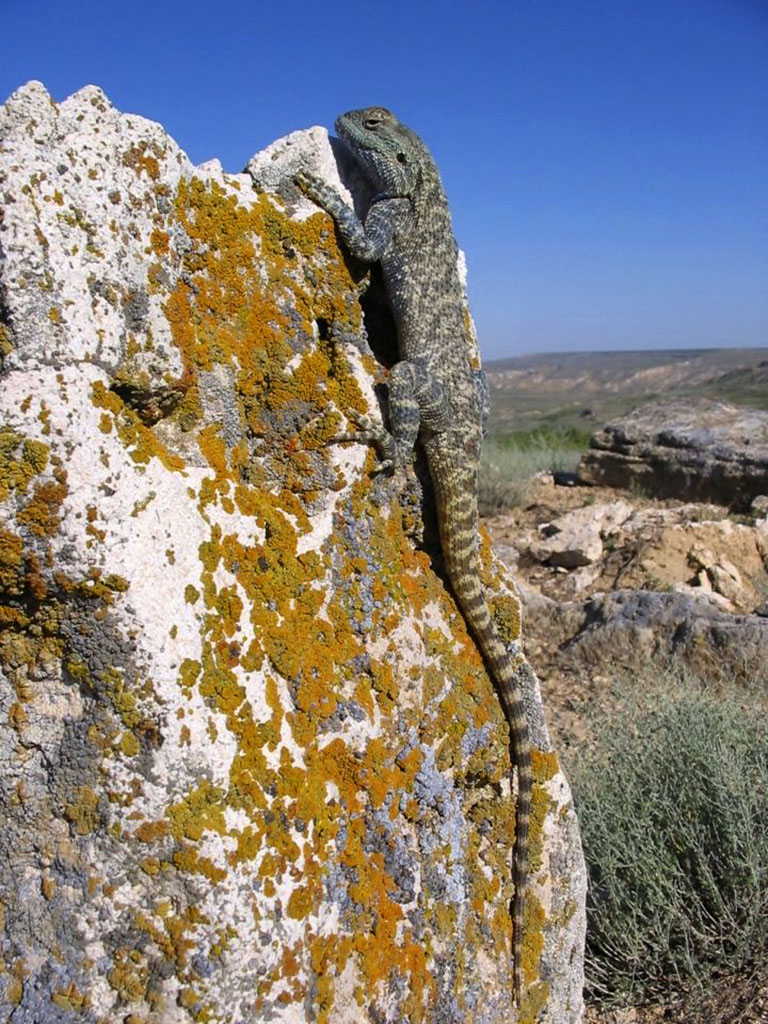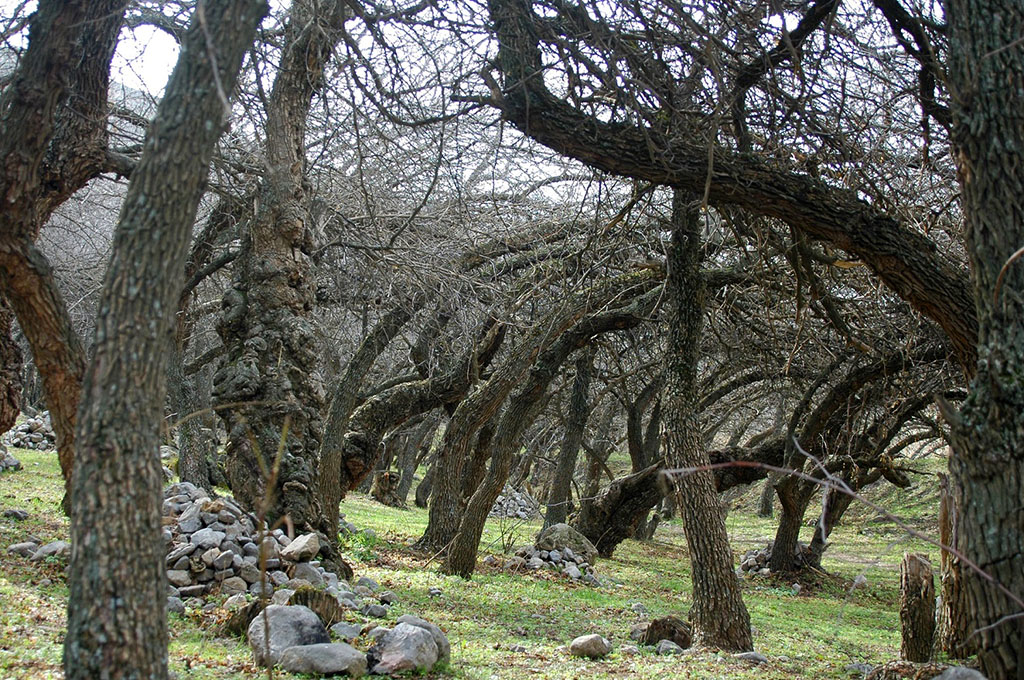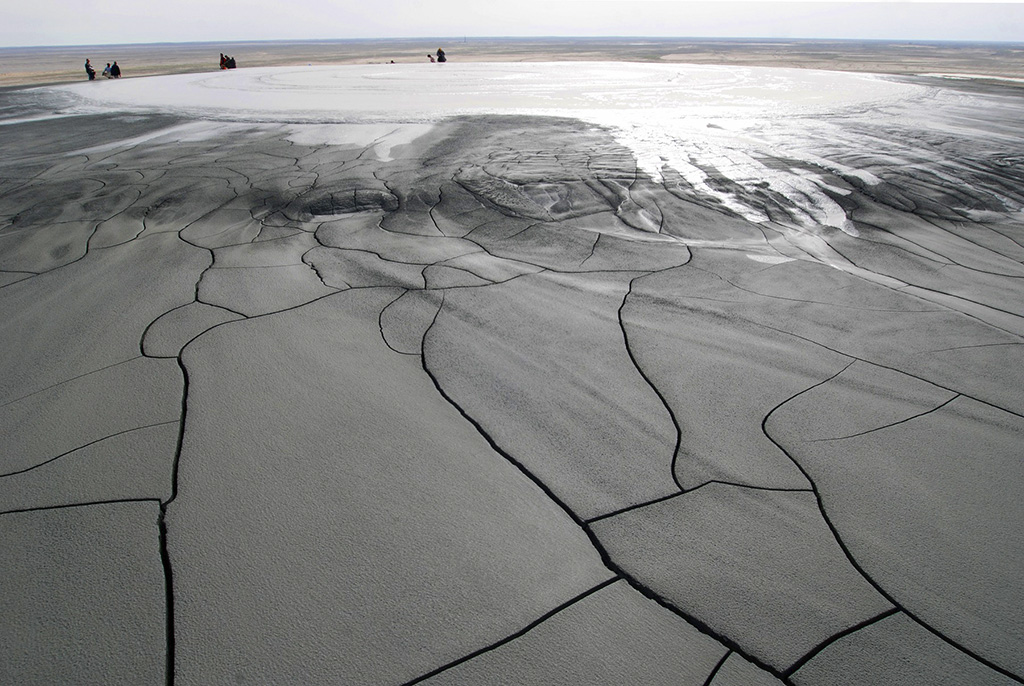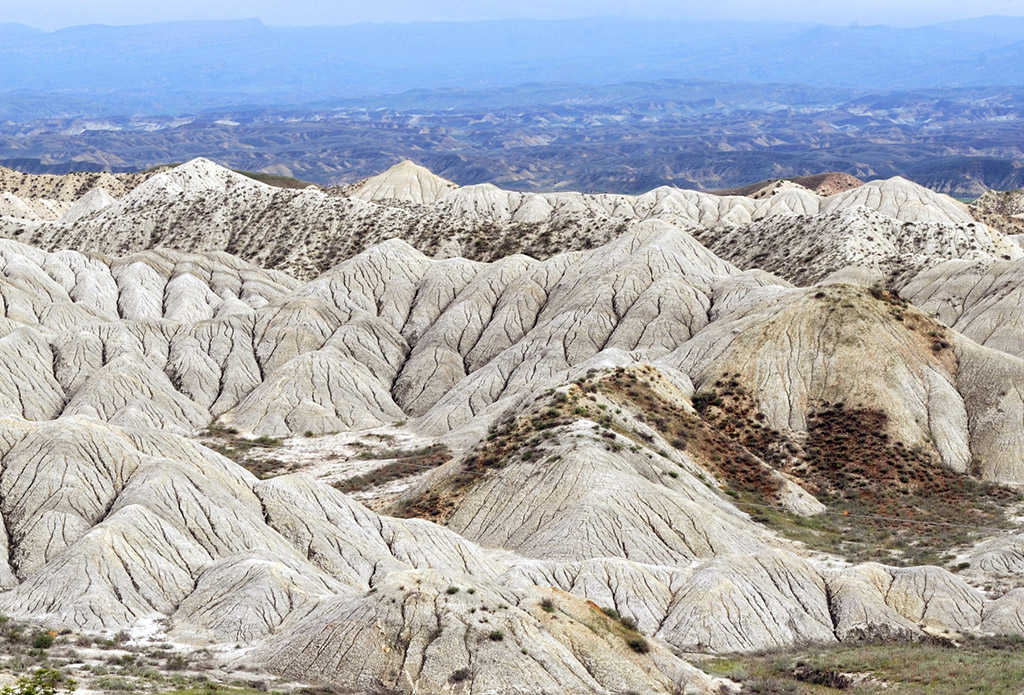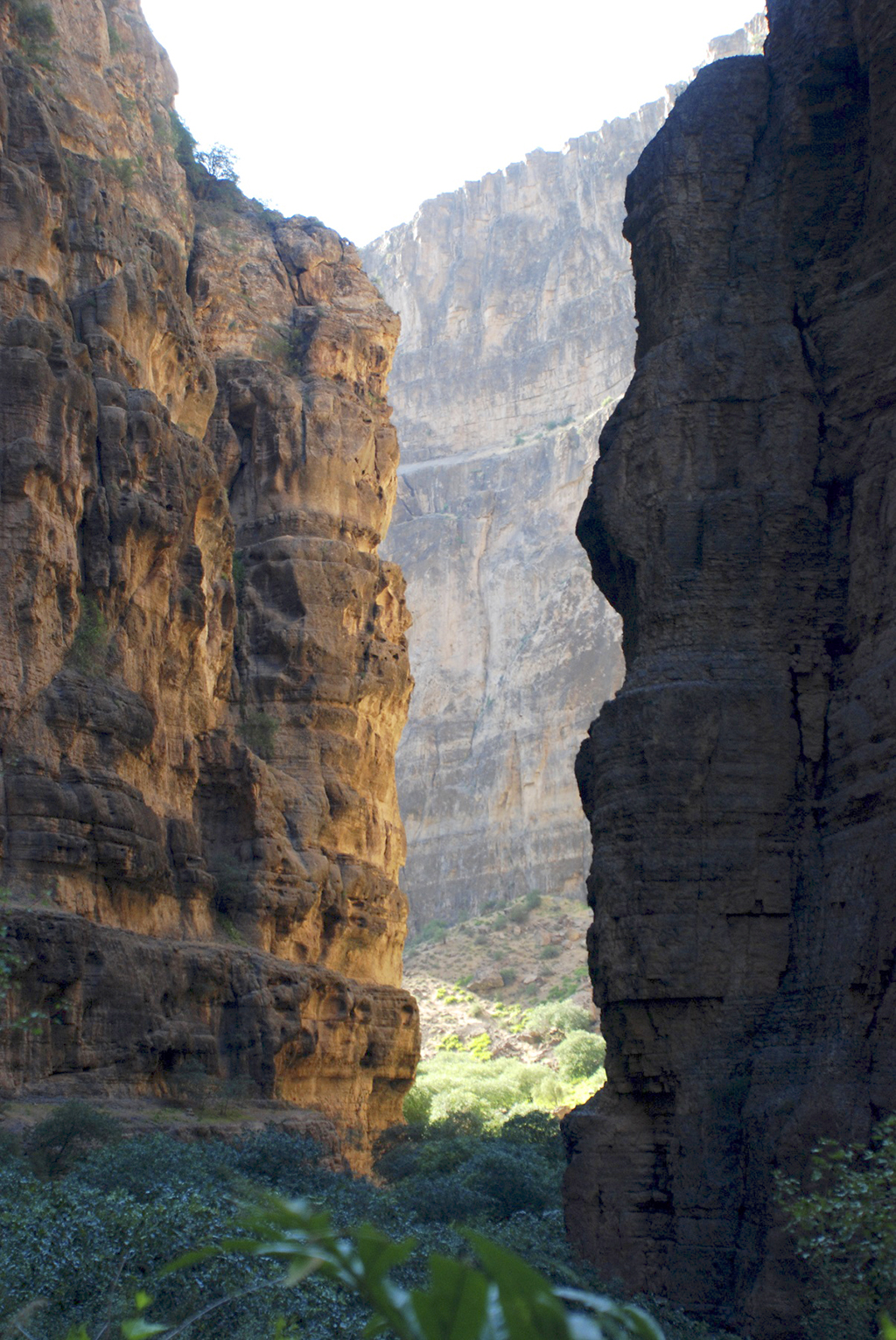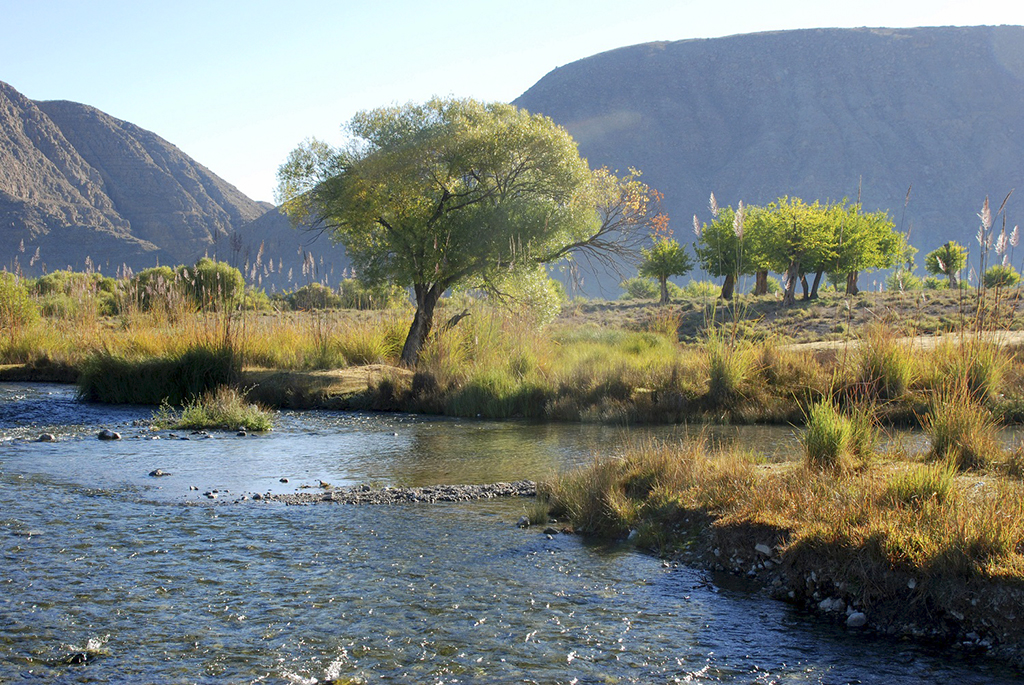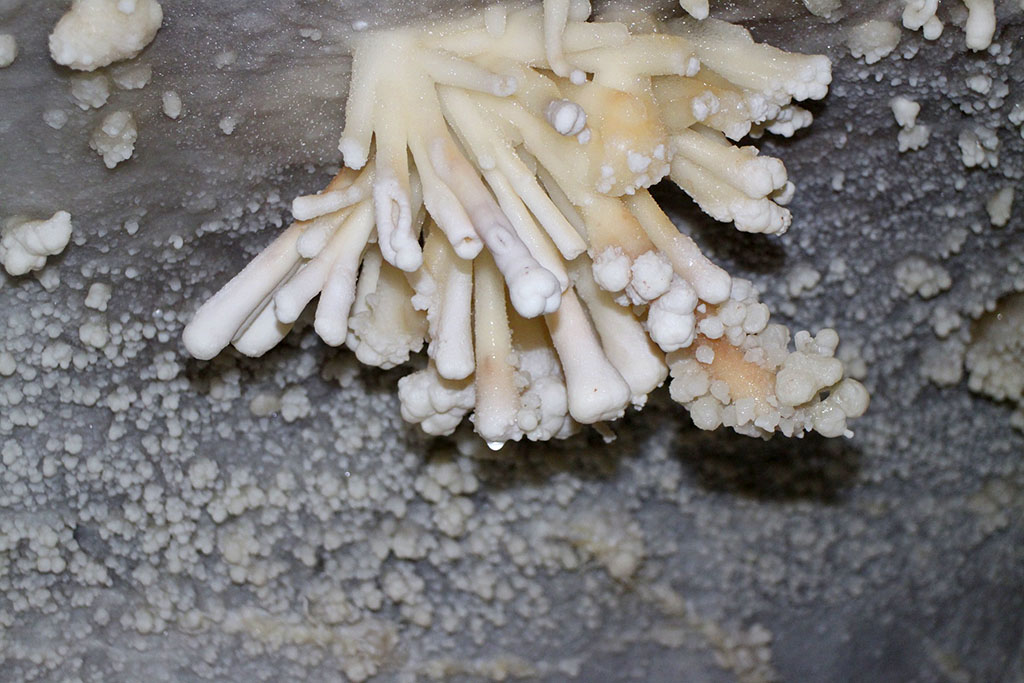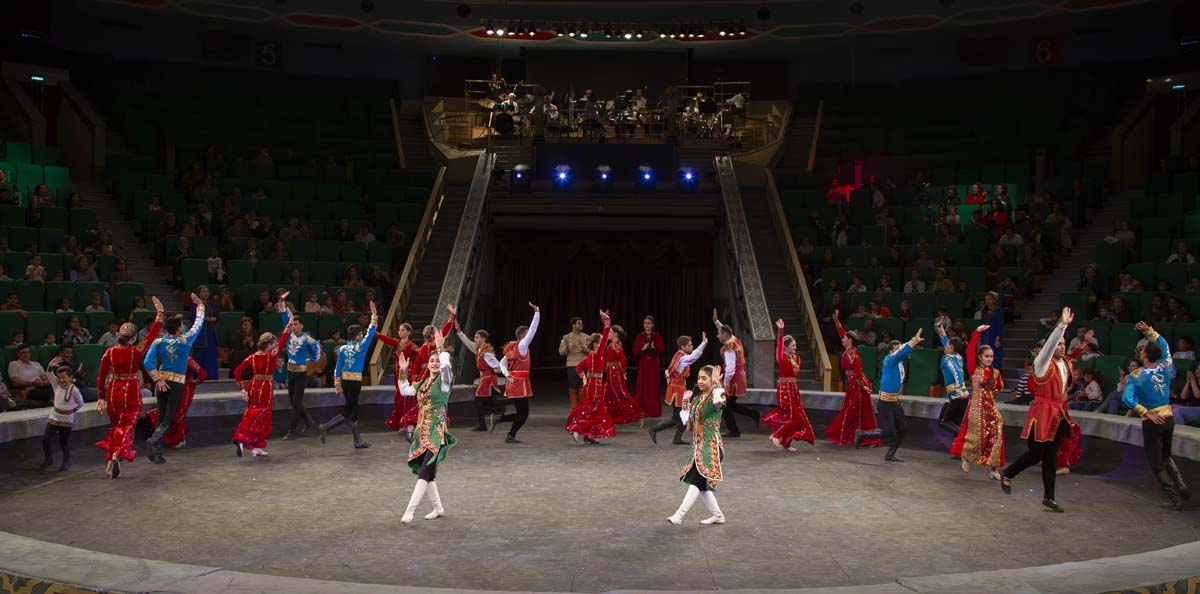Throughout the centuries, a human being not only expressed the interest and admired wonderful natural places but also described them in details. First attempts to research such objects go far to the history. For example, Koytndags caves are mentioned in the III BC in the work of ancient Greek scientist Diodorus “Historical Library” and at he end of the XIX the Notes of Crimea Mountain Club gives an information about underground lake located in Ahal Velayat. The term “natural monument” was introduced to the science in XIX century by German scientist Alexander von Gumboldt and since then all valuable natural objects started to be called like that.
Detection of rare and valuable natural creations is very important for protection of biodiversity, development of the network of the state natural sanctuaries as well as gathering of materials on the places, which were not attended by human yet. Natural objects acquire great importance for the development of domestic and foreign tourism in modern model of Turkmen society oriented to the sustainable development, broad international cooperation, care of the heritage and formation of ecological culture.
Natural monuments in Turkmenistan are classified as local, State and international. They include geological, geomorphological, water, botanical, zoological and protected territories.
At present moment, only seventeen of remarkable natural objects have official status. Two of them are paleontological, three botanical one geo hydrological ant the rest of them are geological and geomorphological. For example, in Koytendag, the list includes carstic caves, particular Tasharyuk, Verticalnaya, Geofizicheskaya, Prmejutochnaya and Khashimryuk caves as well as dinosaurs plateau and geological exposures in the WesternTurkmenistan with remained fossilized traces of wild camels and other animals.
Information published until today has some data related to study and protection of the monuments of natural heritage on the territory of Turkmenistan from the first quarter of the last century. This information is not completed list of remained natural or anthropogenic objects – a unique evidence of ancient development of natural processes and civilizations on the territory of the country.
Methodological recommendations for detection of natural monuments for their protection for future generations were elaborated during the years of the independence. Few years ago, personnel of National Institute of Deserts, Flora and Fauna organized combined expedition for study of remarkable natural objects of the country and made inventory of around one hundred of them. Based on the studies, booklet review about the history and level of research of natural monuments that became methodological manual for planning of protective and study measures was published.
The study of natural monuments is continued. Insufficiently explored territories are searched for detection and inventory of natural places of interest. Old studies in Koytendag, which claim for including to the UNESCO World Natural Heritage List, acquired special importance.
Number of unique objects and landscapes valuable in geological, ecological and historical point of view is concentrated there. These are Daraydere, Hojagaravuldere, Abdere, Bulakdere canyons, Hojashulluk and Kyzylbulak springs, self-flowing well Govurdak, ancient trees of Zeravshan juniper. Some of zoological species can claim to be named natural monuments due to their rarity or endemnity. These are Dolin beetle, Fedchenko carabus, brahman starling, paradise or long-tailed flycatcher, leopard, lynx, markhor.
Detection of rare and valuable natural creations is very important for protection of biodiversity, development of the network of the state natural sanctuaries as well as gathering of materials on the places, which were not attended by human yet. Natural objects acquire great importance for the development of domestic and foreign tourism in modern model of Turkmen society oriented to the sustainable development, broad international cooperation, care of the heritage and formation of ecological culture.
Natural monuments in Turkmenistan are classified as local, State and international. They include geological, geomorphological, water, botanical, zoological and protected territories.
At present moment, only seventeen of remarkable natural objects have official status. Two of them are paleontological, three botanical one geo hydrological ant the rest of them are geological and geomorphological. For example, in Koytendag, the list includes carstic caves, particular Tasharyuk, Verticalnaya, Geofizicheskaya, Prmejutochnaya and Khashimryuk caves as well as dinosaurs plateau and geological exposures in the WesternTurkmenistan with remained fossilized traces of wild camels and other animals.
Information published until today has some data related to study and protection of the monuments of natural heritage on the territory of Turkmenistan from the first quarter of the last century. This information is not completed list of remained natural or anthropogenic objects – a unique evidence of ancient development of natural processes and civilizations on the territory of the country.
Methodological recommendations for detection of natural monuments for their protection for future generations were elaborated during the years of the independence. Few years ago, personnel of National Institute of Deserts, Flora and Fauna organized combined expedition for study of remarkable natural objects of the country and made inventory of around one hundred of them. Based on the studies, booklet review about the history and level of research of natural monuments that became methodological manual for planning of protective and study measures was published.
The study of natural monuments is continued. Insufficiently explored territories are searched for detection and inventory of natural places of interest. Old studies in Koytendag, which claim for including to the UNESCO World Natural Heritage List, acquired special importance.
Number of unique objects and landscapes valuable in geological, ecological and historical point of view is concentrated there. These are Daraydere, Hojagaravuldere, Abdere, Bulakdere canyons, Hojashulluk and Kyzylbulak springs, self-flowing well Govurdak, ancient trees of Zeravshan juniper. Some of zoological species can claim to be named natural monuments due to their rarity or endemnity. These are Dolin beetle, Fedchenko carabus, brahman starling, paradise or long-tailed flycatcher, leopard, lynx, markhor.




